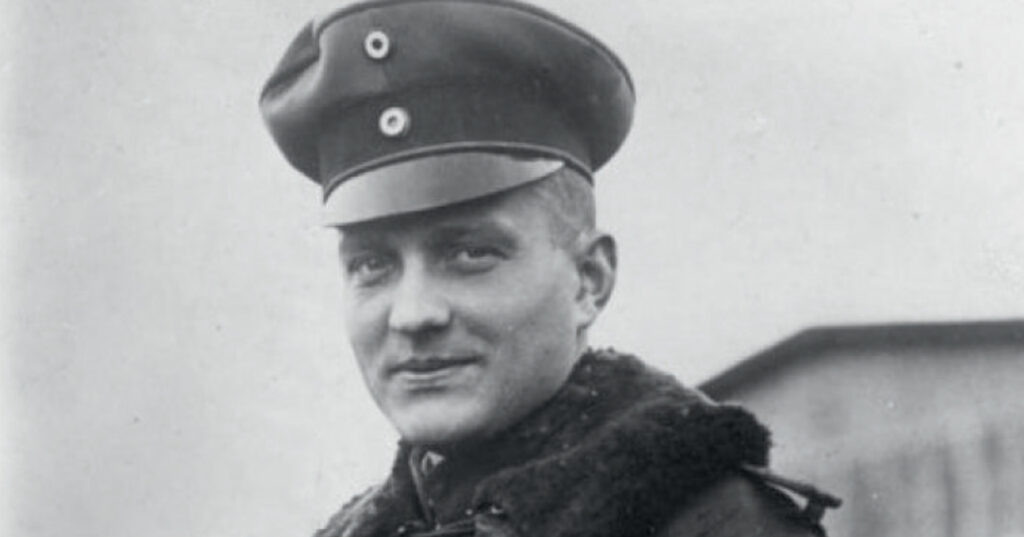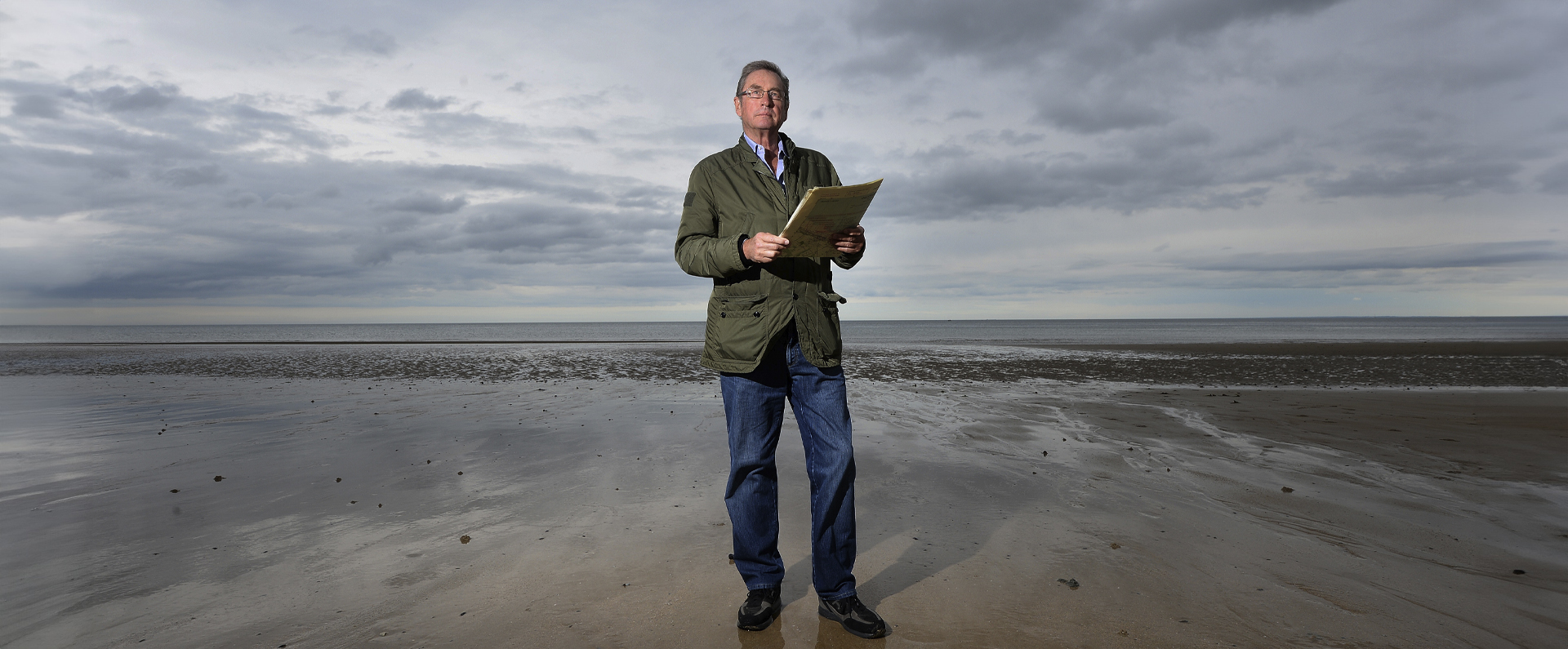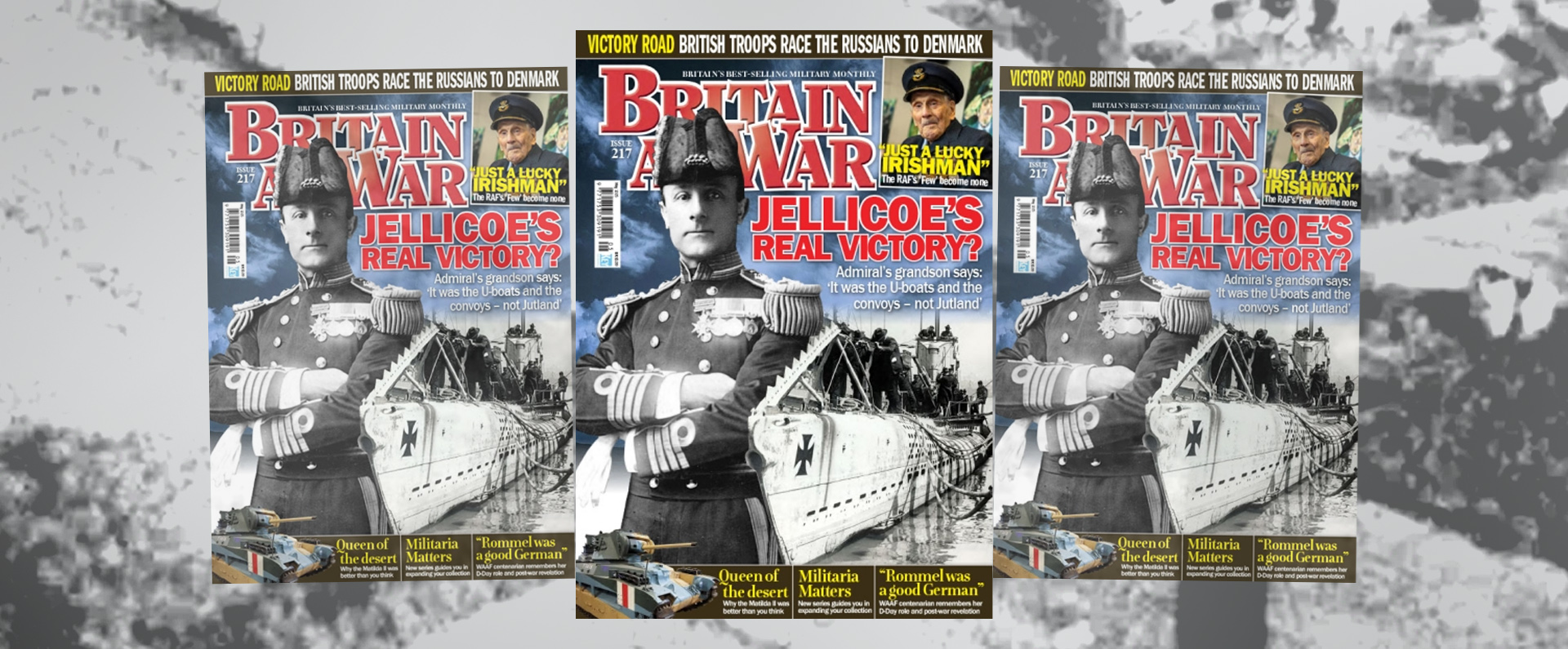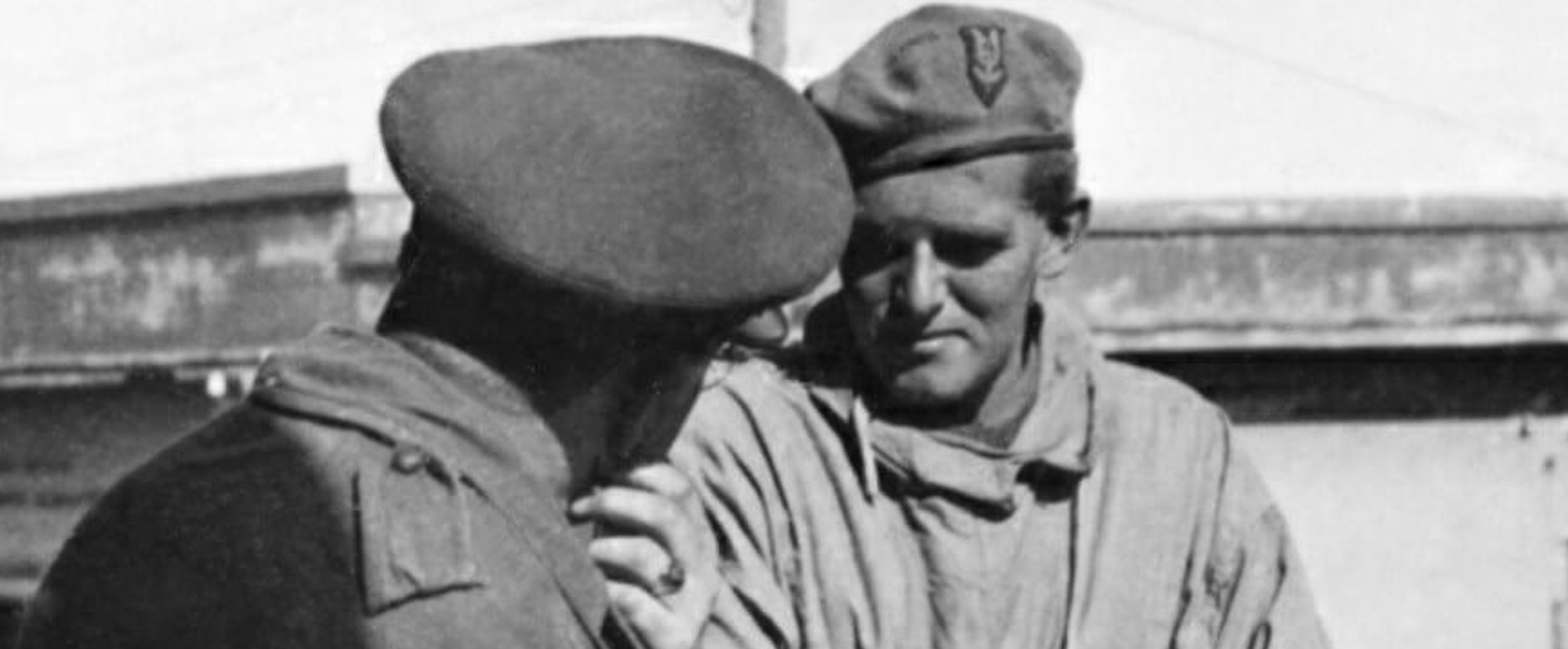
Published in Iron Cross magazine on 01 October 2019.
I am delighted to have been asked to write a welcome to this the second issue of Iron Cross magazine and to be able to commend this splendid publication to the reader as an important historical journal. It provides an honest and objective look at German military history from 1914 to 1945 for the first time.
Over the past 33 years, I have built up the world’s largest collection of Victoria Crosses, Britain and the Commonwealth’s premier gallantry award for bravery in the face of the enemy. As such, I am now the humble custodian of more than 200 VCs from a total of over 1,350 awards made since the decoration was instituted by Queen Victoria in 1856. These medals are on public display at a gallery that bears my name at the Imperial War Museum and the pride I take in this collection is immeasurable.
However, what surprises some of those I meet through my military contacts and when lecturing on courage is when I ask them to remember that bravery is shown by servicemen on both sides of a conflict.
However much our natural instinct is to highlight only the gallantry of “our boys”, it would be naïve to think that the enemy’s soldiers had not on occasions been equally courageous or even, at times, braver than those they were fighting against.
It was for this reason that I recently embarked on two significant tasks: to learn, ahead of the centenary of his death last year, about the bravery of Manfred von Richthofen, the so-called “Red Baron”, and, more recently, with the help of Robin Schäfer, Consultant Editor (Historical) of Iron Cross magazine, to learn about the system of rewards for gallantry by “the enemy” at the time of the Great War. I will address the results of my more recent assignment first.
When the First World War broke out in August 1914, Germany probably had both the most advanced and the most complicated gallantry award system in Europe. The latter was because between 1871, the end of the Franco- Prussian War, and 1918, the end of the Great War, there was, in a sense, no such thing as a single Germany Army.
Germany was an empire of 25 “states”; four kingdoms, six grand duchies, seven principalities and three Hanseatic free cities.
Most had their own armies, even though some were extremely small, consisting of just a single infantry regiment. In most cases, these armies were trained, organised and equipped after the Prussian model.
Although in wartime, these armies fell under the control of the Prussian General Staff, the creation and bestowal of gallantry awards remained a privilege of the territorial lords and sovereigns of the Reich. The reality was that Prussian awards could be given to all German personnel, while those of other states were usually restricted to their own citizens.
In practice, gallantry awards to officers were Orders, often granting the recipient a title or other privilege.
In the UK, the VC has, for the past 163 years, been the most prestigious gallantry medal for bravery in the face of the enemy. So, at the start of the First World War, every British soldier, sailor and airman, regardless of rank, perhaps hoped to earn a VC.
Provided he lived to tell the tale, it led to national acclaim and respect because VC recipients were held in the highest regard.
In Germany, as already indicated, the situation relating to gallantry awards at the outbreak of the Great War, was more complex. In Prussia, the highest gallantry award for officers was the Star and the Grand Cross of the Iron Cross. The famous Pour Le Merite, instituted in 1740, was awarded for outstanding merit in combat or conspicuous bravery in the face of the enemy. During the Great War, 687 such awards were made, mostly to pilots of the German Luftstreitkräfte, widely considered to be the “rock stars” of their age.
Prussia issued its awards to all the states in the Reich and, as the King of Prussia was the Kaiser of the German people and Commander-in-Chief of the German Army, these awards were looked upon as “German” decorations.
The award system was a largely egalitarian one – with the Iron Cross, for example, available to all ranks. The system was also progressive, in which each individual act of bravery could be rewarded. In Prussia, a serviceman was awarded the Iron Cross 2nd Class for his first act of valour, regardless of circumstances. The Iron Cross 1st Class would then recognise his second act of bravery.
By the time of the Great War, the Iron Cross was the most meaningful of all the various medals and decorations.
Originally instituted in 1813, during the wars against Napoleon, it was then re-instituted in times of “declared danger for the Fatherland” – in 1870 and again in 1914.
The Iron Cross came with a deep meaning: it symbolized the protection of the “Fatherland” and those willing, if necessary, to die for the “cause”.
However, like most gallantry award systems, there were problems. When the Iron Cross was reinstituted in 1914, Wilhelm II placed the right of bestowal in the hands of his Army commanders.
This meant that an award previously issued sparsely at the behest of the Kaiser, began to be dispersed far too widely, including to servicemen who had never seen the frontline. This caused resentment from soldiers on the frontline who felt they had not received sufficient recognition for their courage.
My research over the decades has shown that no gallantry award system is free from imperfection.
Yes, sometimes awards are made to individuals not deserving of them. On occasions too, those who do deserve them do not receive them – perhaps because an individual’s act of bravery was not witnessed at all or was witnessed by the “wrong” people (perhaps someone very junior who chose not to follow-up what he has seen, particularly if the potential recipient of such an award had died in action).
MANFRED VON RICHTHOFEN
Anyway, enough of the theory and on to the practice.
My passion for bravery essentially involves tales of great individual courage. My interest in the subject of gallantry was first stimulated by my father, Eric, telling me about how, as a young officer, he took part in the D-Day landings on 6 June 1944.
Over the years, I have taken a special interest in certain areas of bravery and have, for example, built up a formidable collection of medals for gallantry in the skies.
So, when I decided to explore the gallantry of a German serviceman for the first time, it was perhaps unsurprising that I should decide to concentrate on the famous Manfred von Richthofen.
The story of von Richthofen is universally well known and the readers of Iron Cross will be more than familiar with it. However, in the context of bravery, it is interesting to examine Manfred von Richthofen’s ‘take’ on the matter. His early days in the skies were not successful ones: he struggled to control his aircraft and crashed on his first solo flight and in his autobiography, he wrote of being told he would fly alone for the first time: “I must say I felt like saying, ‘I am afraid’. But this is a word that should never be used by a man who defends his country.” Yet such an admission is key to my admiration of the “Red Baron” and the definition of bravery. It is not about being unafraid, it is about feeling fear yet conquering that feeling to carry out courageous deeds.
Last year I visited the spot where the “Red Baron” was killed in northern France and his final resting place in Wiesbaden, Germany, in order to pay my respects.
Furthermore, I met Baron Donat von Richthofen, the family’s spokesman who describes himself as the “nephew” of the Red Baron.
At his home in Munich, the Baron told me that he remains proud of his family links to the legendary fighter pilot. “He was the right man at the right time, and he was a sportsman, a gentleman and a good hunter. This kind of man no longer exists. It was his passion to fly and to shoot.”
The ‘Red Baron’, the so-called “ace of aces”, was, of course, highly decorated, with his Prussian awards including the Pour le Merite, the Iron Cross 1st Class, and the Knight’s Cross of the Royal House Order of Hohenzollern with Swords and the Order of the Red Eagle 3rd Class with Crown and Swords.
ADMIRATION FOR COURAGE
To conclude, I have enjoyed my explorations of both the German gallantry award system and the individual bravery of the Red Baron. It is difficult to compare the systems of gallantry awards adopted by different nations and I am not going to claim that one method is better than another. As already indicated, they all have failings and strengths.
Furthermore, it is impossible to say whether one individual, whatever his nationality, was braver than another.
What I will say with absolute confidence is that, regardless of the causes they were fighting for, the British and Irish Great War flying aces, such as Edward “Mick” Mannock, James McCudden and George McElroy, and their German counterparts, including Manfred von Richthofen, Ernst Udet and Erich Löwenhardt , were all incredibly brave and my admiration for their courage will never cease.
The same sentiments apply, of course, to those of the German armed forces on land and at sea who were similarly recognised for bravery.
I am delighted that Iron Cross magazine showcases the individual bravery of men, particularly during the Great War, who have, to an extent, been somewhat overlooked: in the English speaking world, we have understandably focused very largely on telling stories of bravery performed by ‘our’ heroes. Treated sensitively and objectively, it is important that the stories of bravery by ‘the enemy’ are also told.
It is essential to remember that the enemy can be courageous too.
Download a PDF of the original Iron Cross article
For more information, visit:
LordAshcroftOnBravery.com


